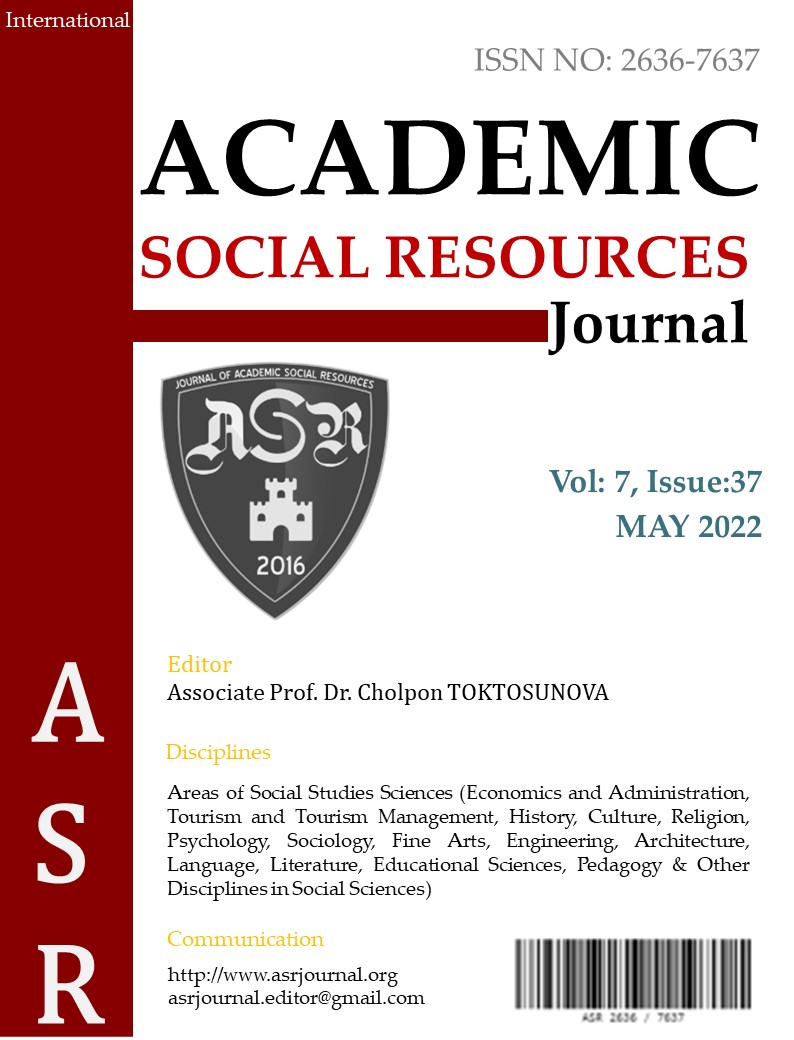Melanoma Disease Research: Analysis Based On Age, Gender, Skin Type, And Region For The United States
Author :
Abstract
Skin diseases are impacting people`s life like other diseases. Maybe, it doesn’t hurt much so it takes a longer period of time to realise that it could be serious. Skin cancer which is also known as skin cancer is one of the most important skin diseases all around the world and in the United States, Its outcomes are at high risk for the human`s health. The most important risk factors are considered as genetic similarity and high exposure to the sunlight. The research reviews the dermatological diagnosis outcomes and patterns of melanoma in terms of age, gender, race, region of skin and geographical wise in the United States of America considering the regions by focusing on top 10 counties. According to the analysis done, the results reveal that melanoma is diagnosed more on white skin people than darker to black skin people. Gender wise, the analysis highlights that men are more like getting diagnosed more than women. In terms of age, it is mostly being observed between age of 60-65. Due to the weather nature of states, California and its counties are the top of the counties for the melanoma. The research describes the impact of age, gender, skin type, and regional wise trends of melanoma and it contributes to the literature about the patterns of melanoma and gives insights to healthcare companies, insurance companies and health centre’s such as hospitals.
Keywords
Abstract
Skin diseases are impacting people`s life like other diseases. Maybe, it doesn’t hurt much so it takes a longer period of time to realise that it could be serious. Skin cancer which is also known as skin cancer is one of the most important skin diseases all around the world and in the United States, Its outcomes are at high risk for the human`s health. The most important risk factors are considered as genetic similarity and high exposure to the sunlight. The research reviews the dermatological diagnosis outcomes and patterns of melanoma in terms of age, gender, race, region of skin and geographical wise in the United States of America considering the regions by focusing on top 10 counties. According to the analysis done, the results reveal that melanoma is diagnosed more on white skin people than darker to black skin people. Gender wise, the analysis highlights that men are more like getting diagnosed more than women. In terms of age, it is mostly being observed between age of 60-65. Due to the weather nature of states, California and its counties are the top of the counties for the melanoma. The research describes the impact of age, gender, skin type, and regional wise trends of melanoma and it contributes to the literature about the patterns of melanoma and gives insights to healthcare companies, insurance companies and health centre’s such as hospitals.
Keywords
- American Academy of Dermatology | Public Education. (n.d.). American Academy of Dermatology | Public Education. Retrieved January 26, 2022, from https://www.aad.org/public
- Armstrong, B. K., & Kricker, A. (1993). How much melanoma is caused by sun exposure? Melanoma Research, 3(6), 395–402. https://doi.org/10.1097/00008390-199311000-00002
- Brenner, M., & Hearing, V. J. (2007). The Protective Role of Melanin Against UV Damage in Human Skin†. Photochemistry and Photobiology, 84(3), 539–549. https://doi.org/10.1111/j.1751-1097.2007.00226.x
- Cummins, D. L., Cummins, J. M., Pantle, H., Silverman, M. A., Leonard, A. L., & Chanmugam, A. (2006). Cutaneous Malignant Melanoma. Mayo Clinic Proceedings, 81(4), 500–507. https://doi.org/10.4065/81.4.500
- D’Orazio, J., Jarrett, S., Amaro-Ortiz, A., & Scott, T. (2013). UV Radiation and the Skin. International Journal of Molecular Sciences, 14(6), 12222–12248. https://doi.org/10.3390/ijms140612222
- el Ghissassi, F., Baan, R., Straif, K., Grosse, Y., Secretan, B., Bouvard, V., Benbrahim-Tallaa, L., Guha, N.,Freeman, C., Galichet, L., & Cogliano, V. (2009a). A review of human carcinogens—Part D: radiation. The Lancet Oncology, 10(8), 751–752. https://doi.org/10.1016/s1470-2045(09)70213-x
- Gloster, H. M., & Neal, K. (2006). Skin cancer in skin of color. Journal of the American Academy of Dermatology, 55(5), 741–760. https://doi.org/10.1016/j.jaad.2005.08.063
- Kaidbey, K. H., Agin, P. P., Sayre, R. M., & Kligman, A. M. (1979). Photoprotection by melanin—a comparison ofblack and Caucasian skin. Journal of the American Academy of Dermatology, 1(3), 249–260. https://doi.org/10.1016/s0190-9622(79)70018-1
- Kopera, D. (2017). Preventive treatment of sun-damaged skin: Topical treatment of actinic keratosis can preventsurgery in non-melanoma-skin-cancer. Integrative Cancer Science and Therapeutics, 4(6). https://doi.org/10.15761/icst.1000261
- Markovic, S. N., Erickson, L. A., Rao, R. D., Weenig, R. H., Pockaj, B. A., Bardia, A., Vachon, C. M., Schild, S. E.,McWilliams, R. R., Hand, J. L., Laman, S. D., Kottschade, L. A., Maples, W. J., Pittelkow, M. R., Pulido, J. S.,Cameron, J. D., & Creagan, E. T. (2007). Malignant Melanoma in the 21st Century, Part 2: Staging, Prognosis, and Treatment. Mayo Clinic Proceedings, 82(4), 490–513. https://doi.org/10.4065/82.4.490
- NCBI - WWW Error Blocked Diagnostic. (n.d.). NCBI - WWW Error Blocked Diagnostic. Retrieved January 27, 2022, from https://pubmed.ncbi.nlm.nih.gov/25398793/
- Siegel, R. L., Miller, K. D., & Jemal, A. (2016). Cancer statistics, 2016. CA: A Cancer Journal for Clinicians, 66(1), 7–30. https://doi.org/10.3322/caac.21332
- Surveillance, Epidemiology, and End Results Program. (n.d.). SEER. Retrieved January 11, 2022, from https://seer.cancer.gov
- Tadokoro, Seiji & Shattil, Sanford & Eto, Koji & Tai, Vera & Liddington, Robert & Pereda, Jose & Ginsberg, Mark& Calderwood, David. (2003). Talin Binding to Integrin Tails: A Final Common Step in Integrin Activation. Science (New York, N.Y.). 302. 103-6. 10.1126/science.1086652.
- Weir, H. K., Thompson, T. D., Soman, A., Møller, B., Leadbetter, S., & White, M. C. (2015). Meeting the HealthyPeople 2020 Objectives to Reduce Cancer Mortality. Preventing Chronic Disease, 12. https://doi.org/10.5888/pcd12.140482
